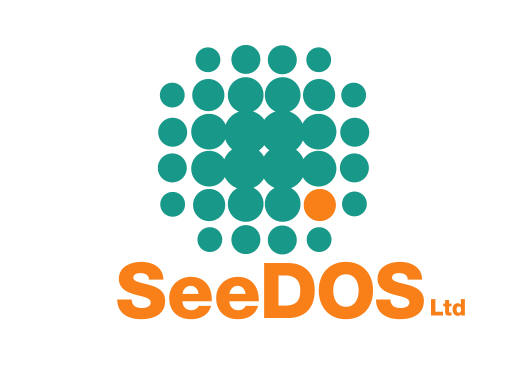|
|
|
||
 |
|||
|
|
|
|
|
|
|
|||
|
|
|
|
|
|
|---|
| |||||||||||||||||||
|
Computer Controlled Water Phantom, SeeDOS Code CRSTG51 Remote Computer Controlled TG51 Worksheet Calculator and Chamber Positioning Device, SeeDOS Code CRSTG51
TG-51 Worksheet Calculator and Chamber Positioning DeviceCRS TG-51 Cal ScanWater Tank
Software Program
DescriptionCRS TG-51 positioning device provides a means to position an ionization chamber in a water phantom to a reference depth in accordance with the TG-51 calibration protocol. The device requires a computer and software to do it. The software also performs the calculations specified by TG-51 and automates the calibration process to a level dependent on available computer stored Depth Dose data and computer controlled Electrometer capabilities. The positioning device cable connects to the computer parallel port.For an Exradin Ion Chamber for use with the Water Phantom please click here For an Electrometer for use with your Exradin Ion Chamber please click here Software InformationThe software uses template files to store necessary information for each energy/modality/machine/site used with the device. These files are named site/energy records and there are procedures to set up and maintain them as needed. Once set up, the records normally do not need to be changed. The additional information collected during the calibration process is blended with the site/energy information and stored as calibration records to be printed as reports. The software should be installed in a folder under the C drive root. (For example ‘CRS’). One more folder is automatically created under the C drive root, CRSDATA. It will hold all data files in sub-folders generated by the software. The program is supplied as one zipped up , self-inflated package. Once installed make an Icon on the Windows screen for the main program: ‘TG51’. There is a ‘Duckie’ icon provided for your convenience with the software.
140 Sopwith Drive, Vero Beach, FL 32968. PHONE 800-848-3852 OR 561-562-0405; FAX 561-562-7472; email crs5@juno.com; web http://www.wasa.com/crs Calibration ReportsThe software uses a Keyword file to specify the site/energy information needed for the calibration. There must be a Keyword file for each different Site/energy/modality. The CRSDATA folder holds the Site/energy information as individual files with extensions .STF. Calibration reports are stored in the ‘Calibration_data’ sub folder as individual files with the same identifier name as the corresponding Site/energy. Each report is stored as a record within the file using the TG-51 convention format. Reports are retrieved by date. Reports can also be exported to MsWord or EXCEL Getting StartedThe name of the program is ‘TG51.EXE’ and the easiest way to use is it, is to create an icon on the Windows screen (use the ‘Duckie’ icon provided). Double click on the icon and first time use enter a name for the Site/energy to be used. Be as descriptive as possible to make it easy to identify later. Additional Site/energy entries are made by pressing ‘ESC’ and either copy and edit the previous entry or set it up as new. Just about all the information in the Site/energy record is used and should be entered in the displayed sequence. The reason is the two last lines are actual measurements of polarity corrections and collection efficiency and those require some of the information entered earlier in the sequence. Data EntrySelecting ‘Calibrate’ from the main menu takes the information from the Site/energy and if measured Depth Dose data is available, select a file from the displayed records shown. If no data is available, the software proceeds to the calibration screen without it. The program ‘Position chamber using Mouse/Keyboard’ allows point data to be collected if no depth dose information is available. The sequence of entries are controlled from this point on and all requested information has to be entered. Entries from the electrometer is either automatic or manual. Either way, the software allows averaging of more than one entry and when finished, pressing ‘ESC’ accepts the averaged reading. The same method is used for polarity correction and collection efficiency. Calculated Dose to water/MU is shown at the bottom of the screen. An option to store the report is also displayed. The Main menu provides selections to print and export. The printer has be connected to the computer parallel port to print reports. The reports are retrieved by date, MM-DD-YYYY. For a brochure on the computer controlled water phantom please click here (pdf file) For an Acrobat Reader to read the pdf file please click on the adjacent Acrobat logo If you are interested in any of the products mentioned here, please complete a Quotation Request Form or an Enquiry Form so that we may promptly respond to your detailed request.
|